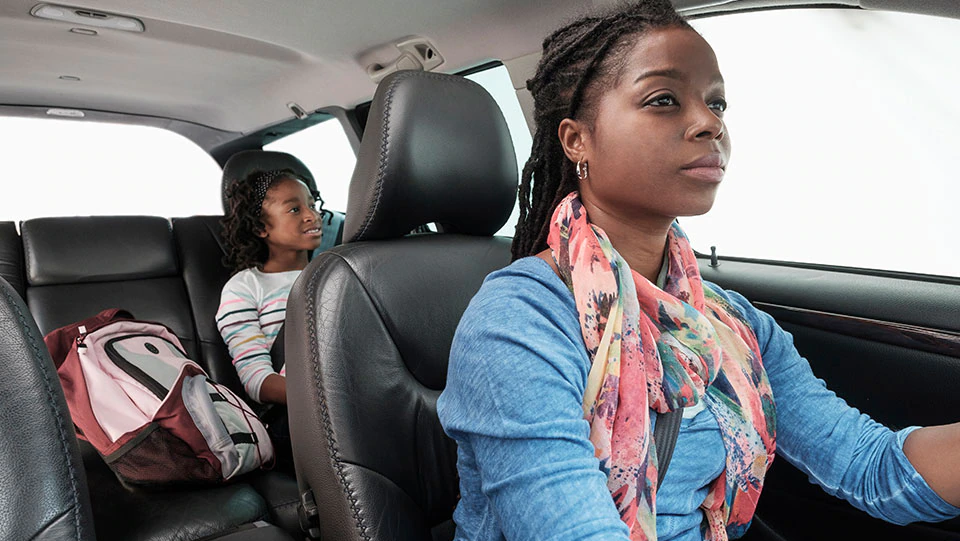Keeping Your Passengers Safe on the Road


Wearing seat belts has become second nature for many, thanks in part to stricter seat belt laws and safety features in newer automobiles that sound until the driver and passenger seat belts are buckled. But according to the National Highway Transportation Safety Administration (NHTSA), only 74% of passengers in rear seats buckle up, compared to 83% of front seat passengers.1
Seat belts help reduce deaths and serious injuries on the road. Rear seat passengers are three times more likely to die in a car accident if they are unbuckled.2 As the driver, you can play an important role in the safety of your passengers by reminding them to always buckle their seat belts, no matter where they sit.
Seat belts important in other vehicles, too
You may always make it a habit to buckle your seat belt in your own car, but what about when you are traveling in another vehicle, such as a taxi, limousine, bus or large passenger van? Passengers might think it is unnecessary to buckle up when going for a short ride on a city street, but in a frontal collision at 30 mph, an unbelted person moves forward and hits the windshield (or driver partition in a limo or taxi) at 30 mph – the same velocity and force a person falling from the top of a three-story building would experience when hitting the ground.3
Passenger safety for children
If you travel with small children, know the latest guidelines for riding in car seats and booster seats. The NHTSA website posts guidelines for infant seats, convertible seats and booster seats, including a guide to car seat types by the child’s age.
It is also a good idea to remind caregivers and other relatives of the latest safety recommendations. For example, rear-facing seats are now recommended until age 3.4 Booster seats are recommended up until age 12, and it is recommended that children sit in the rear seat until at least age 12.
If you need help installing your car seat, or you want to ensure it is installed properly, many local police and fire departments hold regular car seat inspection days. You also may want to register your car seat with the manufacturer and check for any product recalls to help ensure that your passengers are protected.
Wearing seat belts may be the norm for many, but there is a lot more to seat belt safety than just buckling up. Knowing the facts and making sure all your passengers wear their seat belts can keep everyone safe, and perhaps save lives.
Sources
1 National Highway Transportation Safety Administration, Traffic Safety Facts Research Notes, May 2009.
2 https://www.ghsa.org/node/5571
3 U.S. Department of Transportation, Federal Motor Carrier Safety Administration, 9 Myths About Safety Belts for Truck Drivers, May 2007.



